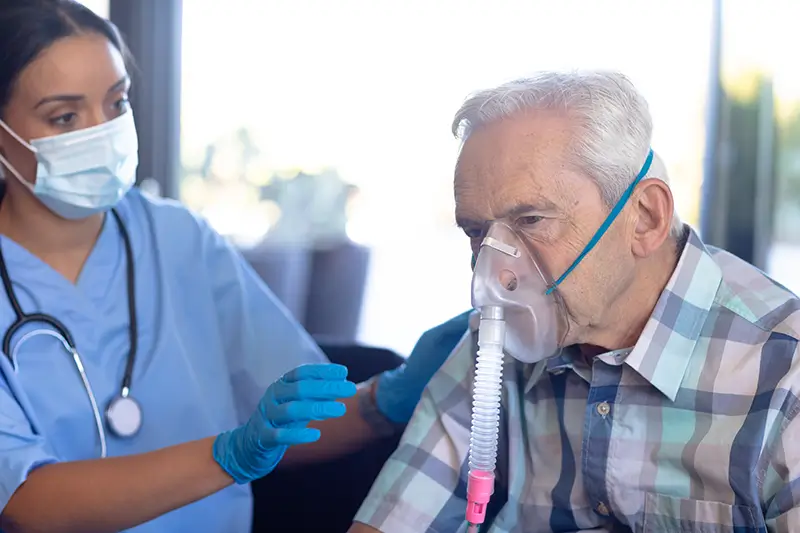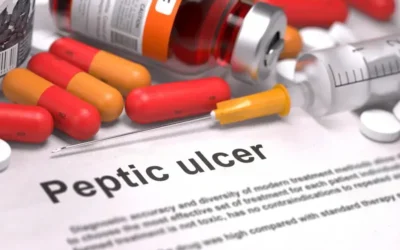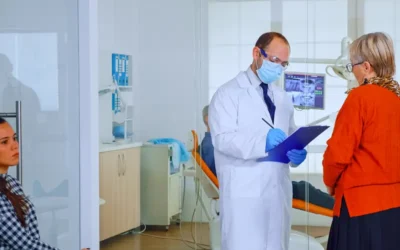Pulmonary rehabilitation is a multidisciplinary program meant for patients with chronic respiratory conditions, especially for those with chronic obstructive pulmonary disease (COPD). Physicians generally refer patients with moderate to severe COPD to a rehab program when they are stable, that is, when the MRC breathlessness scale is between 2 and 4. Pulmonary rehabilitation helps patients to increase endurance, obtain appropriate nutritional and lifestyle counseling, improve quality of life, and maintain maximum level of independence and functioning.
Today, the emphasis is on value and quality care and the physician office setting offers enhanced reimbursement opportunities for rehab medicine medical billing. The American Association for Respiratory Care (AARC) stresses that RTs can improve their reimbursement in the physician office setting by demonstrating their expertise and improving the health outcomes of patients. RTs can expect the following changes to work to their advantage:
“Incident to Benefit”: RTs should take maximum advantage of Incident to Benefit, the primary benefit category in the Medicare program that permits RTs to work in the physician’s office. The services that fall under this category are:
- Provided in a physician’s office or clinic;
- Usually provided without charge or included in the physician’s bill
- Integral to the physician’s services in the course of diagnosis or treatment of an injury or illness
- Provided under the direct supervision of the physician (whose presence is required only in the office, but not in the room where the service is being provided)
Incident to Benefit can include RT furnished self-management education and training such as a discussion with patients about their disease and how to recognize its symptoms and triggers. RTs cannot bill directly for these services provided in the office setting. While in some cases, these services may be bundled into the physician’s E/M services, the physician can receive separate payment for several RT furnished services such as pulmonary function testing and CPAP initiation/management. A professional medical coding company can determine the appropriate code for reimbursement for the RT’s service and help the physician decide the amount of payment for the RT.
New incentives: The new transitional care and chronic care management services now allow RTs to work under the general supervision of the physician. In the transitional care model, the physician is required to have a face-to-face evaluation within 7 to 14 days depending on the complexity of care the patient requires. It includes coverage for several non-face-to-face services provided by the physician’s clinical staff, such as RTs. These services include:
- Communication with the patient and/or caregiver within two business days of discharge and with other home health agencies or community services
- Assistance with referrals the patient may need, such as durable medical equipment
- Provision of self-management education to the patient and/or family/caretaker
- Assessment and support for adherence to the treatment regimen and medication management, which could include oxygen utilization
Another example is chronic care management (CCM) services for which Medicare began coverage in January 1, 2015. Like TCM, coverage for CCM is also based on non-face-to-face services.
Physician Quality Reporting System (PQRS): The aim of PQRS is to improve care, and reduce the number of unnecessary services and excessive readmissions. RTs can provide great value and expertise to pulmonary patients and can go a long way to improve the quality of care for a pulmonologist’s patients. So pulmonologists would be more likely to report pulmonary measures involving COPD, asthma, tobacco cessation and sleep apnea if there was a RT working in the practice. In 2019, a new payment system is planned that will build on the current PQRS model. Adding an RT specialized in treating chronic lung disease would help high-performing physicians earn substantial bonuses.
Alternative payment models: Medicare is testing various payment models aimed at providing better health, improving outcomes, and reducing costs. Moreover, a variety of insurers will be involved in paying for the services that RTs provide pulmonary patients.
The settings that offer great promise for RTs, according to AARC, are primary care practices (family/general practice or internal medicine), especially pulmonologists’ offices with a large number of patients with lung conditions. The services of a reliable medical billing and coding company would of course be necessary to help physicians determine the appropriate reimbursement for RTs who function as part of their office.




